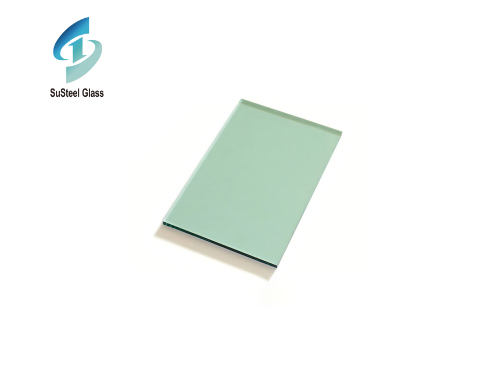Step inside a
translucent glass factory, and you'll find yourself immersed in a world of innovation and craftsmanship. These specialized facilities are dedicated to producing translucent glass, a material known for its unique properties that allow light to pass through while maintaining privacy and elegance. Let's explore the intricacies of a translucent glass factory and the impact of this fascinating material.
At the heart of a
translucent glass factory lies a meticulous process that combines artistry with cutting-edge technology. Skilled artisans and technicians work in harmony to transform raw materials into exquisite translucent glass products. The journey begins with the selection of high-quality glass substrates, which serve as the foundation for the final product.
Next comes the process of transforming ordinary glass into translucent wonders. This involves carefully adding materials or treatments to the glass to alter its optical properties, allowing light diffusion while maintaining opacity. Techniques such as acid etching, sandblasting, or incorporating microstructures into the glass surface are employed to achieve the desired level of translucency and visual effect.
In addition to traditional craftsmanship, modern translucent glass factories leverage advanced manufacturing technologies to enhance efficiency and precision. Automated glass cutting and shaping machines ensure accuracy and consistency in production, while computer-controlled kilns and ovens facilitate controlled heating and cooling processes to achieve optimal material properties.
The versatility of translucent glass extends beyond its aesthetic appeal. In architectural applications, translucent glass is utilized to create captivating facades, partitions, and interior features that play with light and shadow. Its ability to diffuse natural light while providing privacy makes it an ideal choice for both residential and commercial spaces seeking to maximize natural illumination without compromising comfort or confidentiality.
Furthermore, translucent glass finds applications in interior design, lighting fixtures, and artistic installations, where its ethereal quality adds a touch of sophistication and allure. Whether used as decorative panels, sculptural elements, or functional surfaces, translucent glass elevates the ambiance and visual appeal of any environment.
Moreover, translucent glass factories prioritize sustainability by implementing eco-friendly practices and materials. Recycling initiatives, energy-efficient manufacturing processes, and sustainable sourcing of raw materials contribute to reducing environmental impact and promoting responsible production practices.
In conclusion, a visit to a translucent glass factory offers a glimpse into the intersection of art, science, and innovation. From the meticulous craftsmanship to the cutting-edge technologies employed, these facilities exemplify the ingenuity and creativity behind the production of translucent glass. As the demand for sustainable and aesthetically pleasing building materials continues to grow, translucent glass stands poised to shape the future of architecture and design.

 Exploring the World of Green Tinted Glass Products: Versatility and Sustainability
Exploring the World of Green Tinted Glass Products: Versatility and Sustainability
 Exploring the Versatility and Elegance of Custom Thick Glass
Exploring the Versatility and Elegance of Custom Thick Glass



